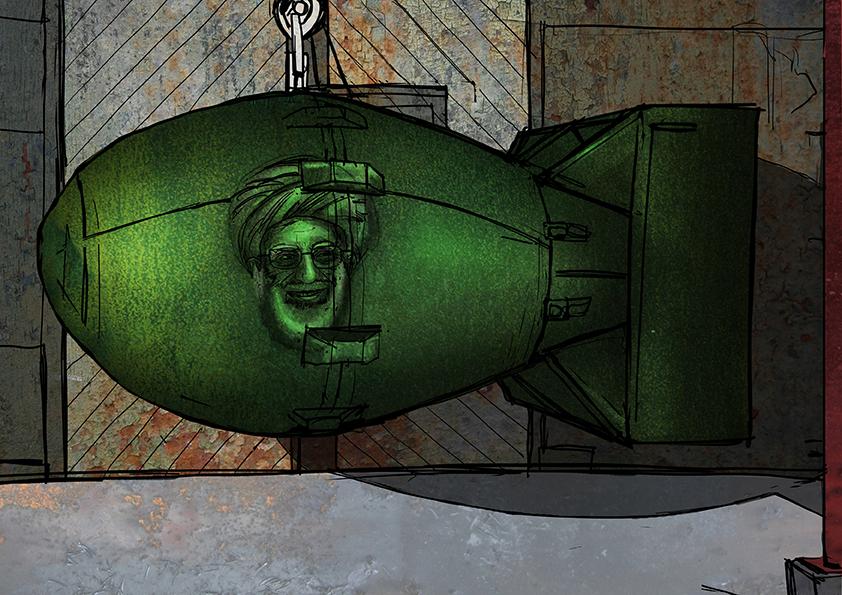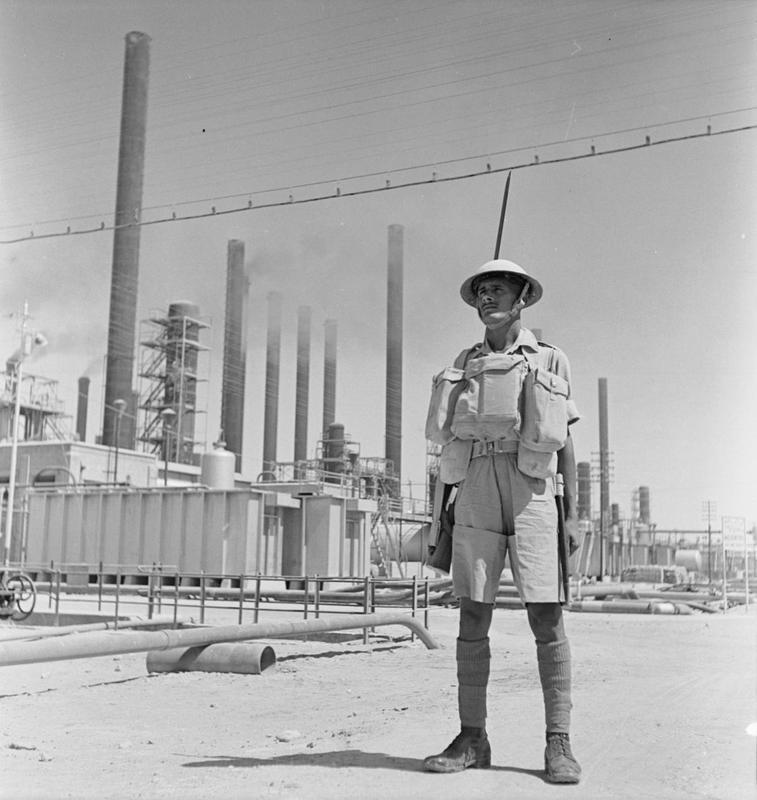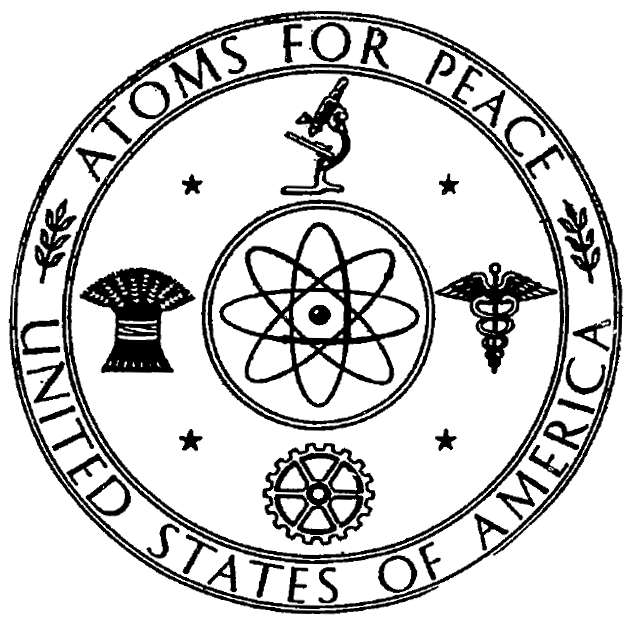Iran and the Deal: Success?

The Great Game:
In order to contextualize the 2015 Iranian Nuclear Deal, it is important to understand the complex relationship between the United States and Iran that led to its creation. Due to Iran's strategic location in the center of the Middle East and its vast reserves of natural resources like oil, the country has experienced a great deal of exploitation by international powers, especially Britain and Russia. In a series of concessions in the early twentieth century, most notably the D'Arcy Concession, Iran effectively signed away autonomous exploration, pumping, and international sale of its oil to Britain. Looking for an ally to protect itself against encroaching interests, Iran turned West to the United States, and the two countries experienced a close relationship until the Iranian Revolution.
However, a strong opposition grew in Iran as a result of the unjust terms of Iran's oil agreements. The Anglo-Iranian Oil Company, which later became the modern day British Petroleum (BP), reaped the majority of profits of Iran's oil, so Mohammad Mosaddegh, Prime Minister at the time and ardent advocate for Iranian sovereignty, led the effort to nationalize Iranian oil.

In an attempt to protect their energy security from instability, Britain and the United States's CIA orchestrated a coup d'état to depose Mosaddegh in 1953, eventually replacing him with the weak-willed Mohammad-Reza Shah Pahlavi, or the Shah of Iran. The United States continued to prop up the favorable Shah's regime by providing aid and arms to the central government.
The Start of a Nuclear Program:
Around the same time as the coup, a hopeful American idea was beginning to take shape:
“The atomic age has moved forward at such a pace that every citizen of the world should have some comprehension, at least in comparative terms, of the extent of this development, of the utmost significance to every one of us.” - Dwight D. Eisenhower
In the 1950s the United States of America under President Dwight D. Eisenhower started a program called Atoms for Peace that was designed to facilitate the spread of nuclear technology in order to improve the global standard of living and supply clean energy. In other words, the U.S. intentionally spread atomic technologies, fuel, and equipment to hospitals, laboratories, and power plants that could be used for the generation of electricity and research, and the Shah of Iran was on the receiving side of this program in the 1950s.

The United States gladly supported the Iranian Shah as a hedge against the USSR during the beginning of the Cold War. The United States had subscribed to "domino theory" whereby if one country were to fall prey to Communism, then all countries in the region would follow. As a result, the Shah’s intention to build over twenty nuclear reactors in Iran by 2000 was the beginning of Iran’s nuclear power program, which was seen as ambitious but not as a threat.
Beginnings of Fear:
The 1979 Iranian Revolution was the beginning of change. Enraged at the United States for its support of the undemocratic Shah, a strong anti-American sentiment erupted and forced out the pro-American Shah and replaced him with Ayatollah Ruhollah Khomeini, a Shiite Muslim cleric who went on to establish a Muslim theocracy in Iran. Iran turned sharply against the United States– as evidenced by the American hostages taken in October of 1979 and not released until Reagan became President.
Further Reading:
- Former American Hostage in Iran, John Limbert, talks about how to negotiate with Iran.
- A BBC profile on Iranian History.
- Eisenhower's "Atoms for Peace" speech as published by the IAEA.
Bibliography:
"Iran's Key Nuclear Sites." BBC News. BBC, 01 Sept. 2012. Web. 29 July 2012.
Roe, Sam. "An Atomic Threat Made in America." Chicagotribune.com. Chicago Tribune, 28 Jan. 2007. Web. July 2012.
Squassoni, Sharon. "Iran's Nuclear Program: Recent Developments." CRS Report for Congress. Federation of American Scientists, 6 Sept. 2006. Web. 20 July 2012.
